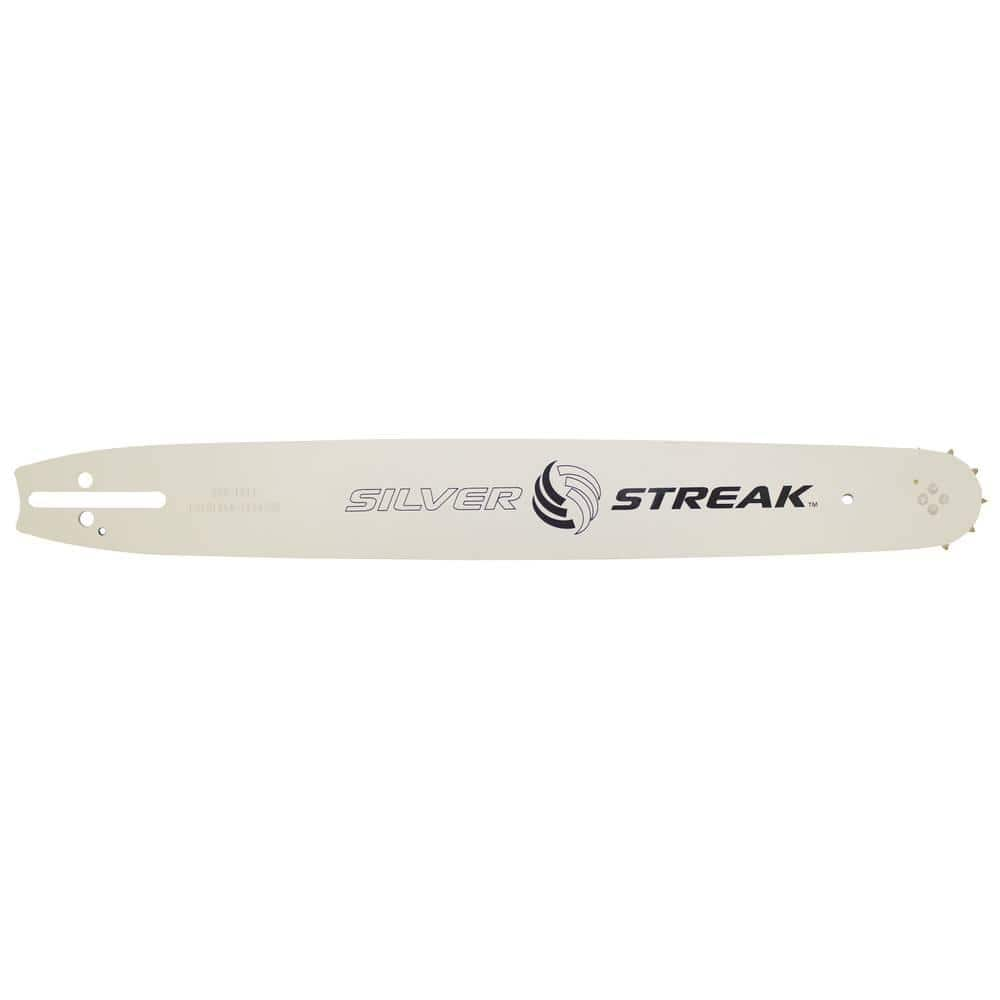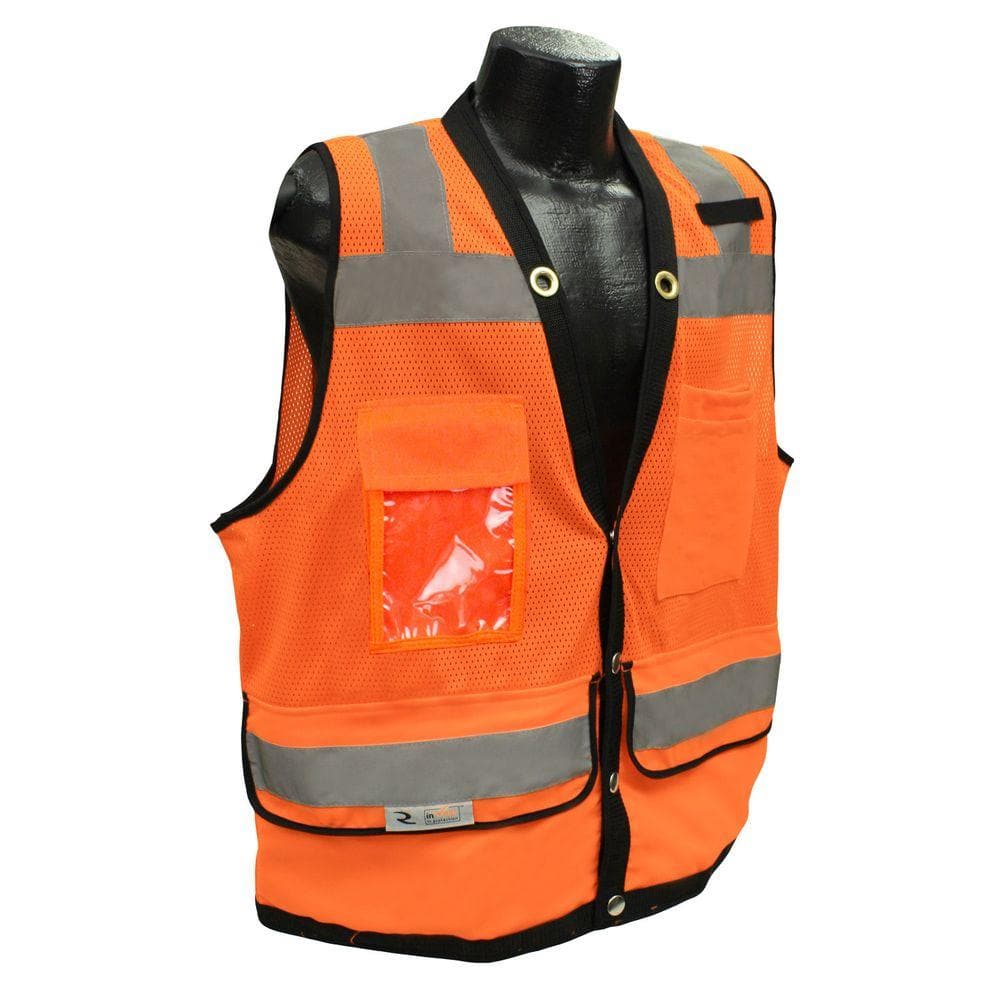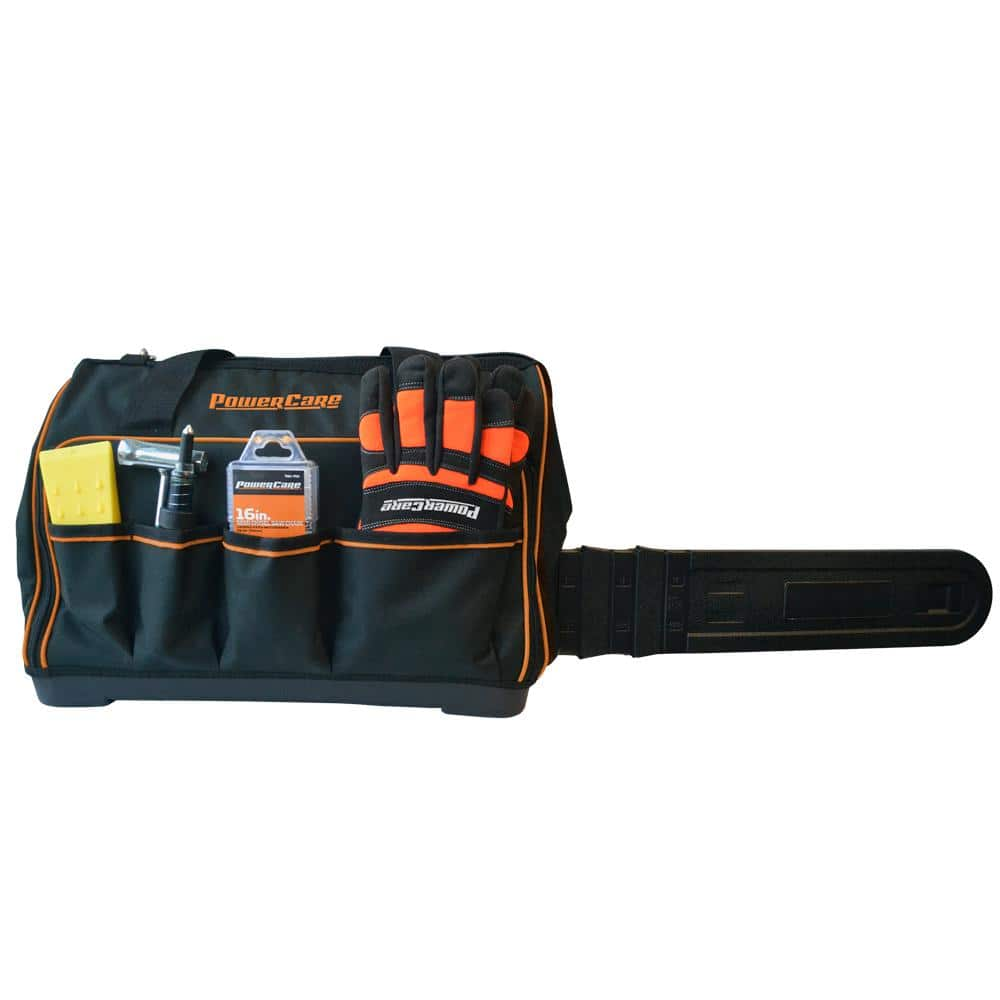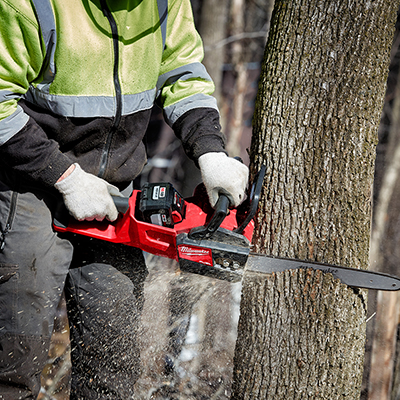Electric and Gas Chainsaw Buying Guide

Last updated September 7, 2023
Chainsaws can power their way through downed trees, pruning jobs and firewood tasks. Choose between gas-powered, corded electric and cordless battery-operated models to select the best chainsaw for your projects. Choosing the best chainsaws for your toolbox depends on what power and mobility is needed. How easy the chainsaw is to operate and maintain is also a factor. Read on for the facts you need to select the best chainsaw for your projects.
Table of Contents
Types of Chainsaws
Chainsaw Facts
What Size Chainsaw Do I Need?
Gas Chainsaws
Electric Chainsaws
Cordless Chainsaws
Types of Chainsaws
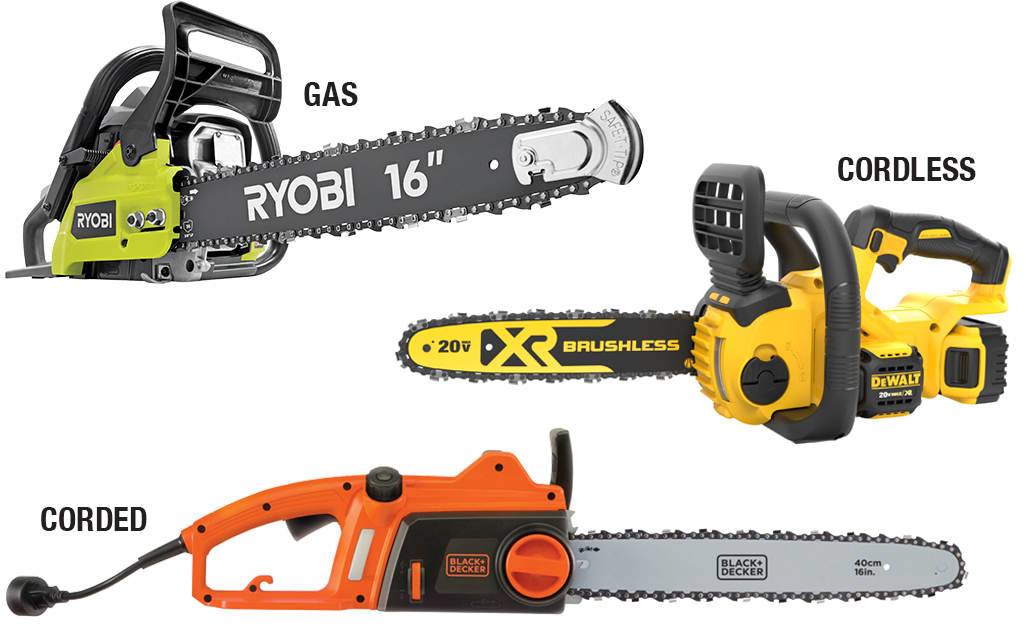
Chainsaws are powered in several different ways. There are corded electric chainsaws, gas chainsaws and cordless chainsaws. Each type of chainsaw has its own advantages. In general:
- Gas chainsaws are the most powerful and ideally suited for large tasks. They require both gasoline and oil changes.
- Electric chainsaws are lightweight and have a power cord that requires an outside outlet or generator.
- Cordless chainsaws are powered by a rechargeable battery and gives the user the greatest mobility.
Chainsaw Facts
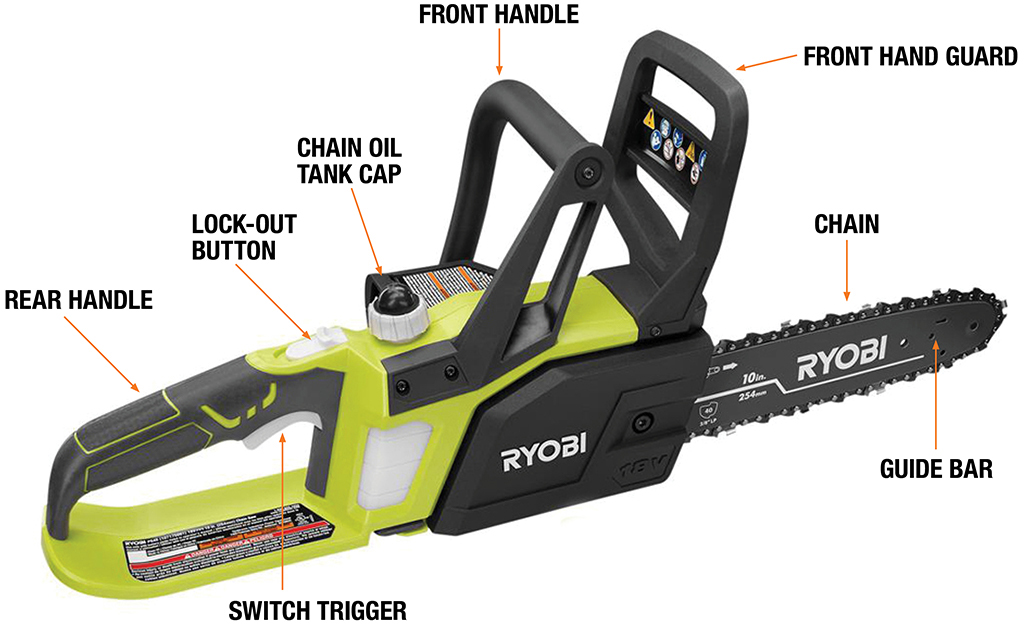
The basic elements of every chainsaw are the chain, the engine and the cutting bar. The bar is the "blade" of the chainsaw around which the chain rotates. Bar lengths and engine size determine what kinds of cutting jobs your chainsaw can perform.
- The length of the bar can range from 12 inches to 36 inches or more. Bars that are in the 14 to 16-inch range are ideal for occasional and light-duty use by homeowners, while 18 to 20-inch bars work well for large diameter-cutting.
- Proper tension must be kept on the chain to ensure efficient operation, along with chain sharpness and lubrication. Some models allow for tool-free tension adjustments, which makes it easier to keep the machine in working order.
- Engine size is measured in cubic inches or centimeters and power is measured in horsepower. Larger engines provide more power but weigh more and can cause fatigue over long periods of use.
- Higher RPMs (rotations per minute) mean faster cutting with more power to cut through the material you’re working with.
What Size Chainsaw Do I Need?
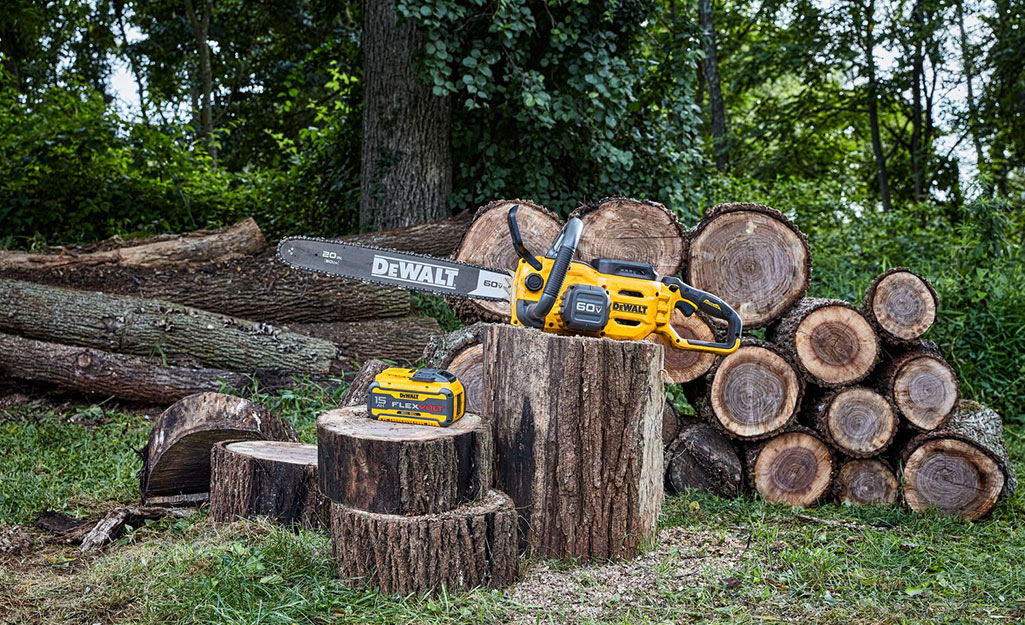
Certain tasks are best performed with certain bar sizes of chainsaw. As a rule of thumb, the chainsaw bar should be at least two inches longer than the thickness of whatever it is you are trying to cut.
- Pruning: Small limbs, 6- to 10-inch bar; larger branches, 8- to 12-inch bar
- Felling trees: Small trees, 12- to 14-inch bar; medium trees, 16- to 18-inch bar; large trees, 20 inches or more
- Splitting firewood: 14- to 16-inch bar
Most chainsaw models allow swapping blades shorter or longer.
Gas Chainsaws
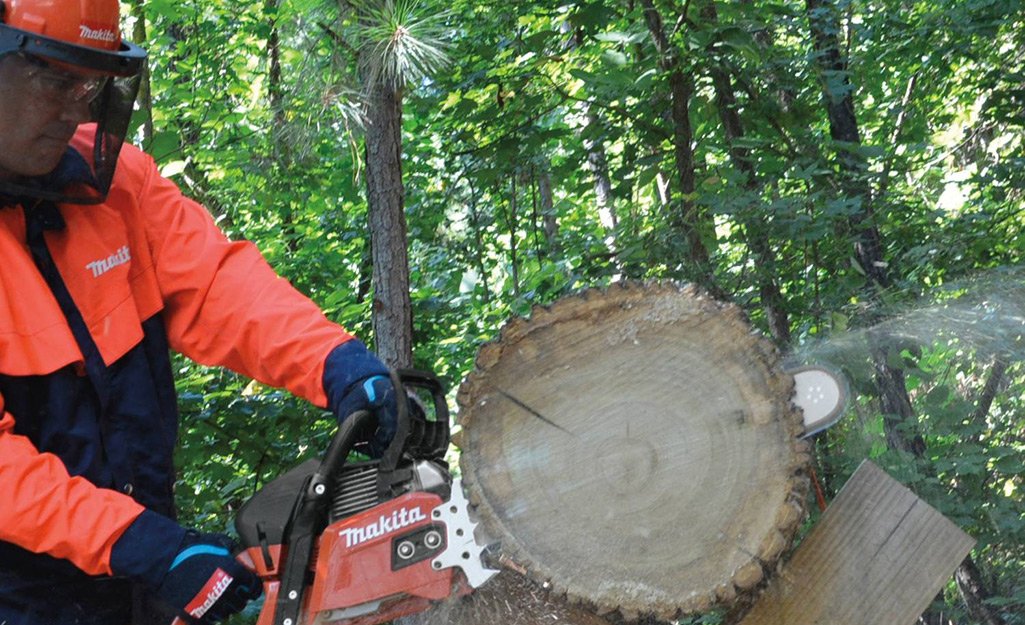
The best gas chainsaws are heavy duty and durable. They are the most powerful type of chainsaw. Gas chainsaws are cordless and provide great mobility. They are available in a range of bar lengths to handle trees of various sizes. This makes a gas chainsaw great for cutting down trees and large tree limbs. However, they are the loudest and heaviest type of chainsaws. They also require a special gas and oil mix for fuel.
Electric Chainsaws
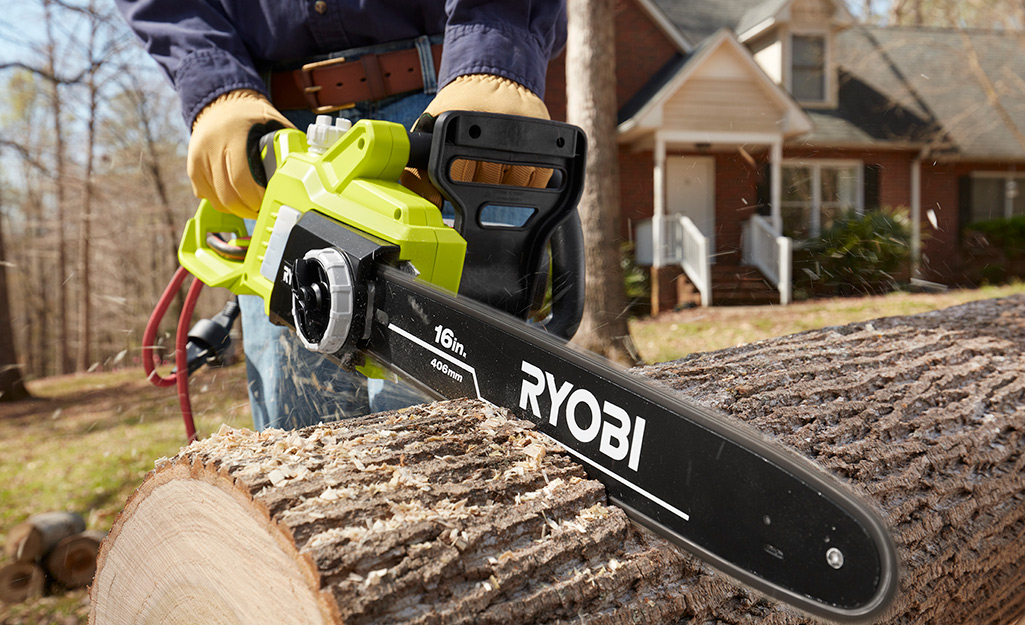
An electric chainsaw is very useful for yard work that’s close to home. They are ideal for general purpose light-duty tasks such as pruning small limbs. There’s no fuel to replenish, but they do require an extension cord and outdoor outlet to increase the tool’s reach. Compared to gas chainsaws, electric chainsaws are easy to start, are lightweight and quieter. Electric chainsaws usually have a lower upfront cost and require little maintenance.
Cordless Chainsaws
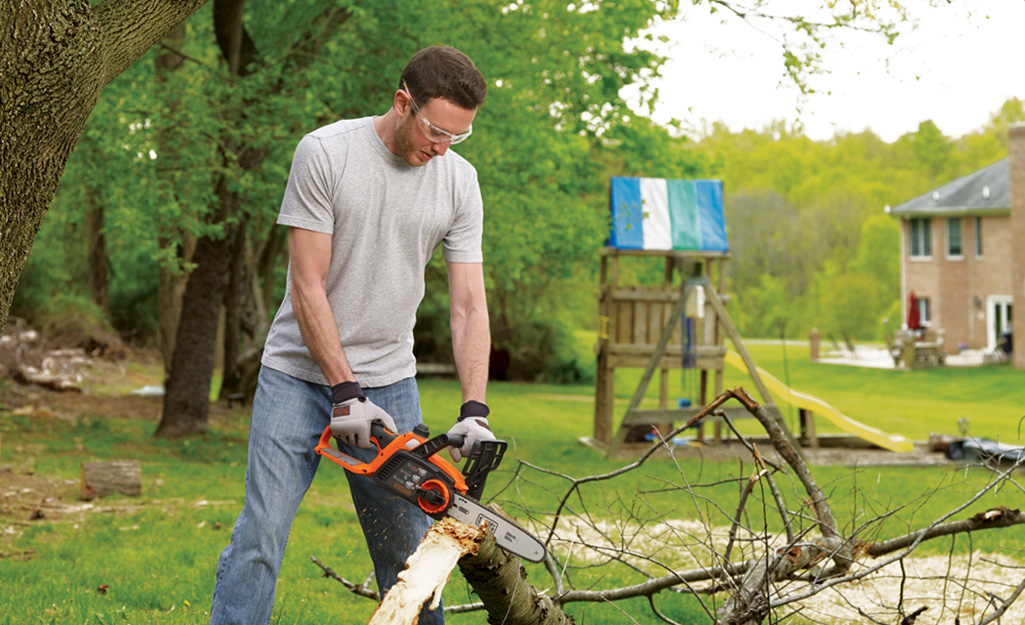
Cordless chainsaws are quiet and the best chainsaws for light-duty cutting jobs around the house. They weigh less and are easier to handle than gas chain saws. Most cordless electric chainsaws provide unlimited mobility. Some models can reach the power levels offered by smaller gas chainsaws. Powered by rechargeable batteries, cordless chainsaws are low-maintenance tools. However, they do need to be recharged between projects.
Pole Saws
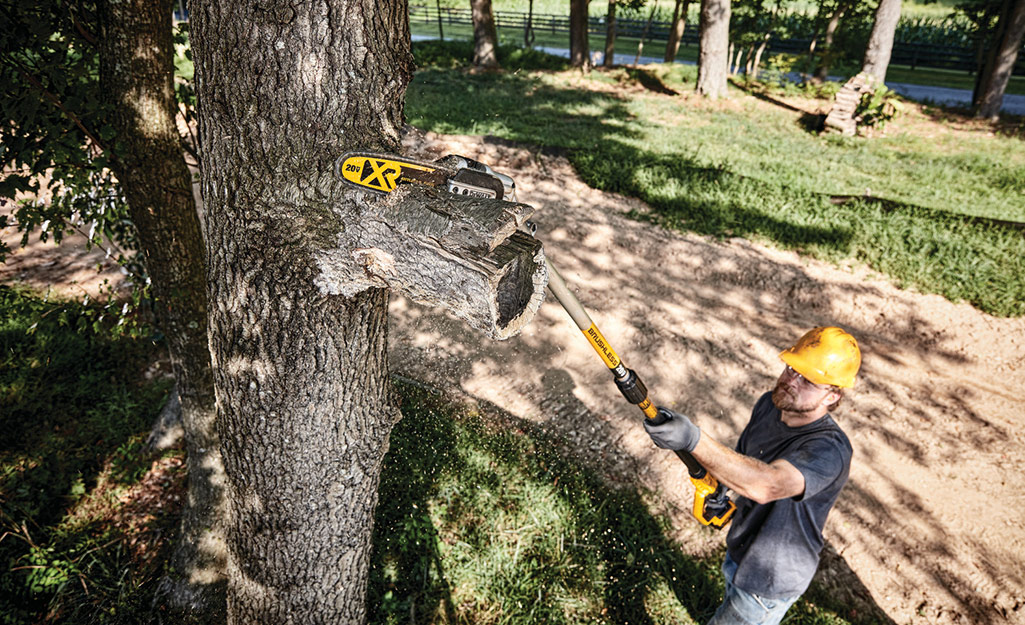
Pole saws, also known as pruner chainsaws, feature the bar and chain of a typical chainsaw mounted on the end of a fixed or telescoping pole. The length of the pole can be 10 feet or more. Pole saw bar lengths range from 4 inches to 12 inches, depending on the model. Most pole saw bars are 8 or 10 inches long.
Just like other chainsaws, pole saws are available in gas, electric or cordless models. They are ideal for cutting limbs and branches without a ladder.
Chainsaw Features and Accessories
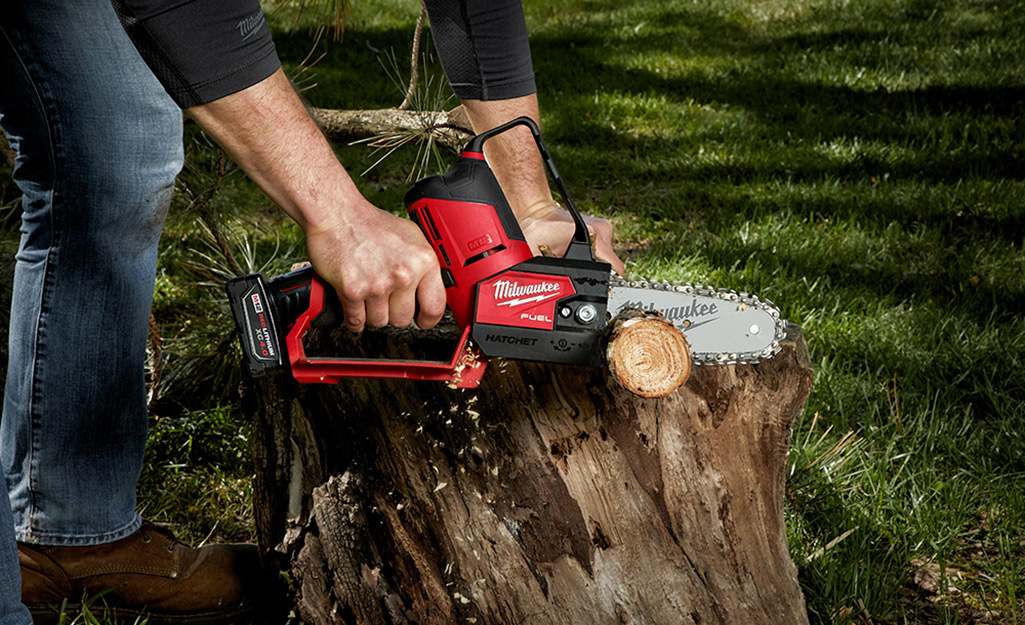
Many chainsaws have a variety of high-tech features and accessories that make using and storing them easier.
- Catalytic converters control emissions, helping saws comply with environmental regulations.
- A sprocket-tip cutting bar maximizes cutting speed by reducing friction around the bar tip. It also prevents the chain from dragging around the bar nose to minimize bar wear and stretch.
- An anti-vibration handle has a vibration isolator or dampening system that reduces fatigue. It also helps extend the life of the saw.
- A tool-less tension adjustment feature let’s you make tension adjustments to the chain quickly and easily.
- Handles located on the top of the chainsaw are ideal for professionals as they handle heavy-duty jobs easier. Rear handles are most common for homeowner use.
- Electronic ignitions or variable ignition timing makes the chainsaw start easier and operate more efficiently.
- An
automatic chain oiler properly lubricates the cutting chain. Some units stop oiling the bar when the unit is idling to prevent wasting oil. - A throttle interlock provides additional safety and minimizes the chance of accidents. It requires you to depress two triggers to activate the saw.
- Rust-resistant chains protect your chains from oxidizing and reduce the frequency with which they need replacing.
- A
chainsaw case
will help protect your tool from weather. It can also hold the tool and any supplies you need for a job, such as a manual, safety glasses and extra chainsaw parts.
Chainsaw Safety Considerations
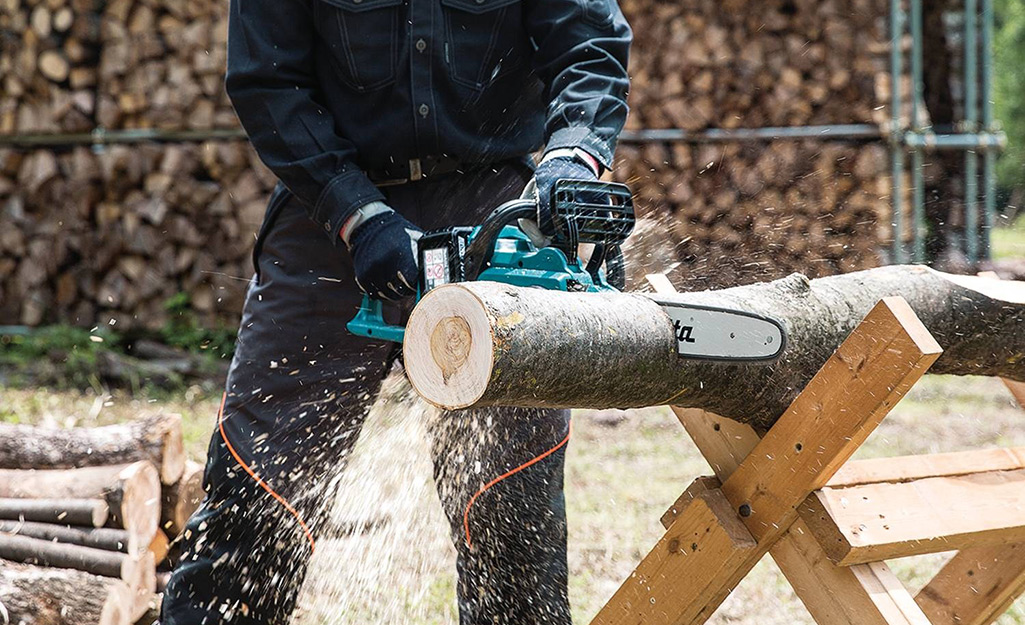
Take necessary precautions when using a chainsaw to avoid injury.
- Kickback is the primary danger facing chainsaw operators. Kickback happens when the nose of the cutting bar connects with something solid, such as a knot or nail. This can cause the bar to jump back toward the operator.
- Only operate a chainsaw when you are fully alert and awake.
- Monitor the chain tension throughout operation, as chains become looser as they heat up.
- Wear
safety equipment, including protection for your eyes and ears, heavy-duty gloves, chaps and steel-toe boots. - To minimize danger, look for units that feature a low kickback chain.
- Some chainsaw models have built-in safety features designed to protect operators. Never modify or remove safety features.
- Avoid cutting material that is higher than your chest.
- Don’t start the chainsaw in the same spot where you fueled the tool. Sparks could ignite spilled gasoline.
- Keep a clear drop zone underneath the cutting location.
- Keep the extension cord behind the tool when using a corded electric model.
- Always start the chainsaw on the ground with your foot on the rear handle.
- A chain brake stops the chain as soon as kickback occurs.
- A chain catcher prevents a broken chain from flinging from the saw.
- Do not wear loose clothing when operating a chainsaw.
Basic Chainsaw Maintenance
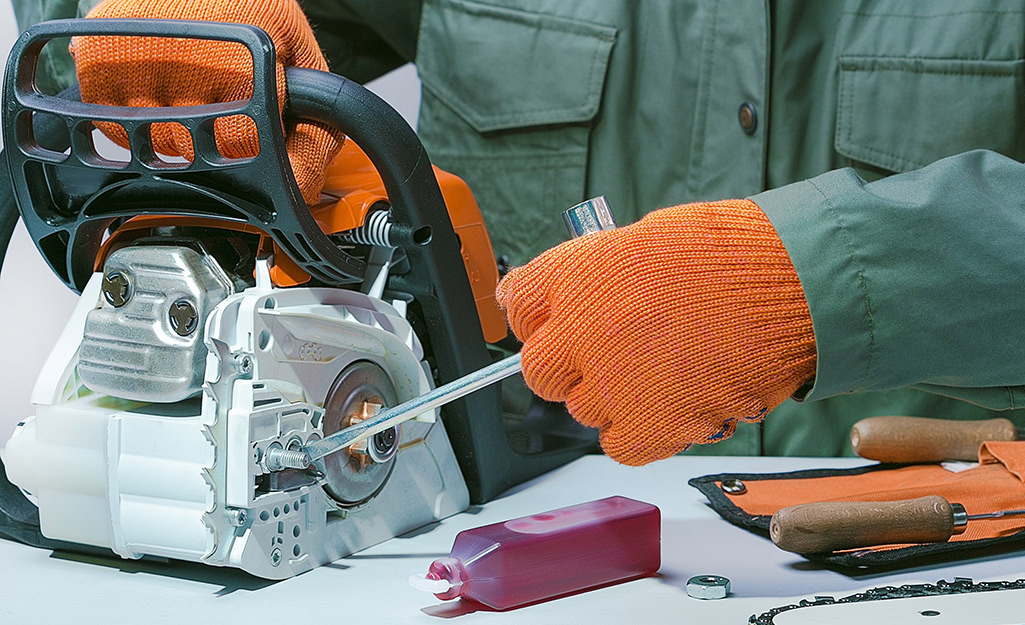
Keep your chainsaw running smoothly by making time to clean the tool and perform basic maintenance before and after each use. Beyond basic care, the easiest way to keep your chainsaw in top condition is to ensure you follow manufacturer's instructions regarding its power source.
- Always charge and store the battery on your cordless chainsaw exactly as recommended. Fuel your gas chainsaw with the type and amount of fuel required.
- Check that the bar and chain are properly lubricated according to the manufacturer's instructions.
- Clean the chain brake, if applicable, and wipe excess debris off the bar and engine during and after use.
- Keep air intake slots clear.
- If you notice the bar is starting to show signs of wear, follow the manufacturer's instructions for rotating the bar.
- For electric chainsaws, double-check that the cord is not damaged.
- If the chain on your tool becomes dull, it is sometimes easier and less dangerous to simply replace the chain rather than try to sharpen it at home.
- Always check for any loose screws and nuts on the equipment before use. These are especially important to look for if your chainsaw feels like it has been vibrating more than usual.
- On gas chainsaws, check the fuel filter and change when necessary and according to the manufacturer’s recommendations.
- Drain the gas and oil completely before storing gas chainsaws for extended periods.
Safety Tip: Before performing any cleaning or maintenance on your chainsaw, make sure it is turned off and completely disconnected from power. Remove the battery on cordless models, unplug electric models and disconnect the spark plug on gas models. Be sure gas engines are cool to the touch.
There are several types of chainsaws: corded electric chainsaws, gas chainsaws, cordless chainsaws and pole saws. Selecting the best chainsaws for your project depends on the power and mobility you need. Think about the length of the chainsaw bar when choosing a chainsaw. Certain features like rust-resistant chains and catalytic converters can make a chainsaw more efficient to use and maintain. Always be safe when using any type of chainsaw. Wear protective safety gear. Operate with secure footing using both hands and stand behind the engine, keeping the blade away from you and others.
Ready to get the best chainsaw for your project?
Use The Home Depot Mobile App to locate products and check inventory. We'll take you to the exact aisle and bay. Or you can consider a chainsaw or other outdoor power equipment rental to get your project done. Use once, then bring it back - no maintenance required.







